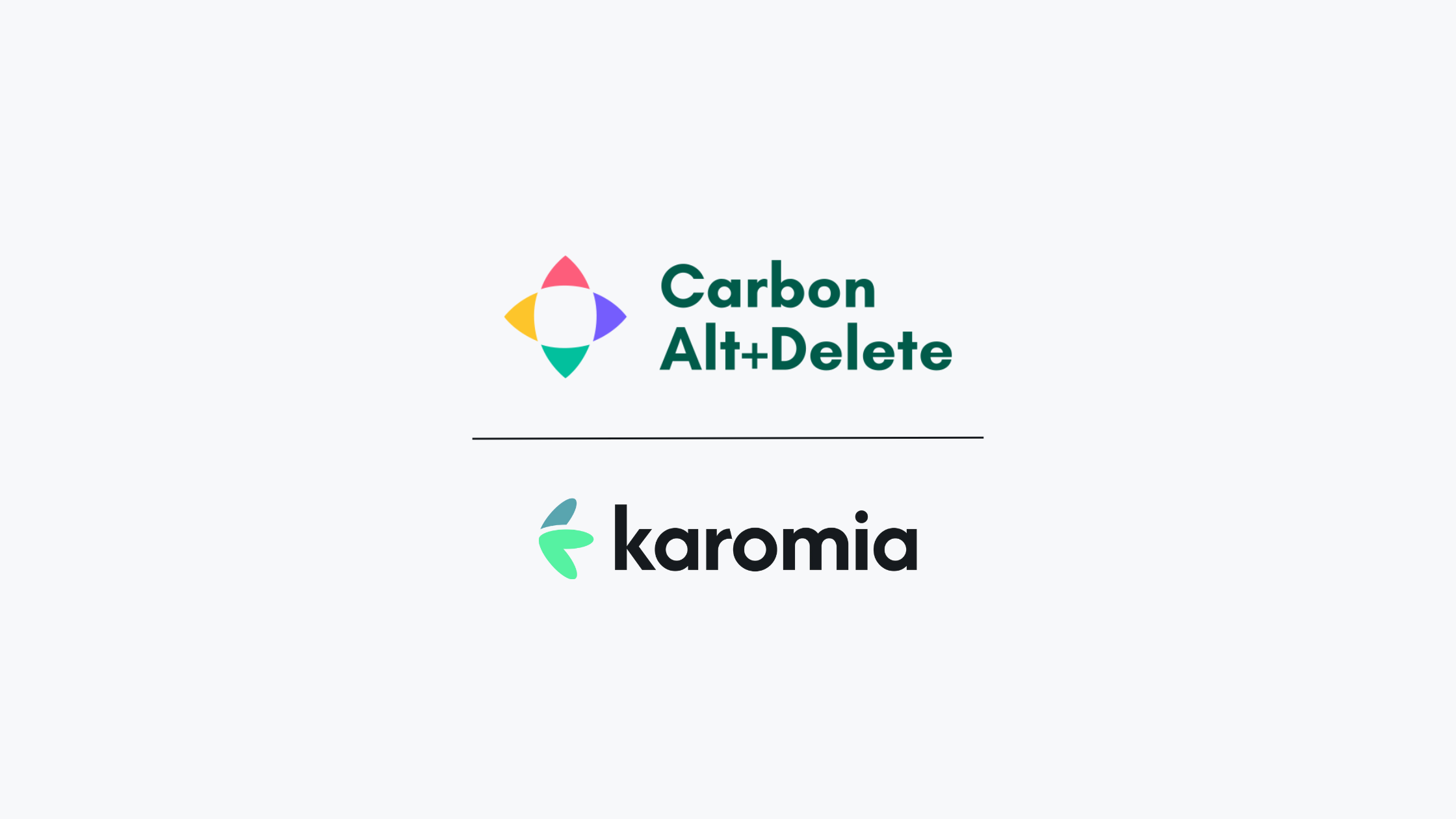Guide to Passing the Audit of Your Double Materiality Assessment
Discover practical tips to ensure your Double Materiality Assessment meets audit standards and achieves a smooth, successful audit process, drawing from extensive experience with various auditors.
Navigating the Double Materiality Assessment
In the realm of the Corporate Sustainability Reporting Directive (CSRD), the Double Materiality Assessment (DMA) is a crucial process that organizations must navigate to ensure compliance and transparency. To understand the basics of DMA, refer to our guide.
What is an Audit Check?
CSRD reporting, which starts with the Double Materiality Assessment (DMA), requires limited assurance from an external auditor.
The assurance required for your DMA differs from the detailed scrutiny involved in financial statements. Limited assurance focuses on identifying major issues with reporting, such as verifying data collection, evaluation methods, and the accuracy of results. The typical outcome is a statement confirming that no significant deviations from expected processes were found.
It's important to note that there are no specific rules for auditors on evaluating Double Materiality Assessments. Auditors rely on EFRAG’s Double Materiality Guidelines for their evaluations.
There are no specific rules for auditors on evaluating Double Materiality Assessments; they rely on EFRAG’s guidelines for evaluations.
3 Tips to Ensure Your DMA Passes the Auditor Check
Here are three tips based on our structured materiality assessment methodology to help you collaborate effectively with auditors and ensure DMA compliance.
Tip 1: The Funnel Approach to Materiality
The assessment can be visualized as a funnel with three key phases: the long list, the short list, and the final determination of material topics. Initially, all potential impacts, risks, and opportunities (IROs) are considered. As the process narrows, stakeholder feedback helps identify which IROs are truly material. This structured approach ensures a thorough evaluation, aligns with guidelines, and helps avoid blind spots.

Tip 2: Linking IROs to ESRS Topics
A best practice is to link each IRO to a corresponding European Sustainability Reporting Standards (ESRS) topic. This connection ensures that no significant issues, such as biodiversity or community impacts, are overlooked. Auditors appreciate this clarity and comprehensive identification of relevant topics.

Tip 3: Focusing on the Fundamentals
It’s important to prioritize the fundamental elements throughout the assessment, as these are often key areas of focus during audits. These include stakeholder engagement, the methodology used to determine materiality, and collaboration with auditors.
Engaging Stakeholders
Engaging stakeholders is a critical phase of the process. It’s essential to collect feedback from relevant stakeholders, considering subtopics to ensure a comprehensive evaluation. Balancing expert input with broader stakeholder perspectives leads to a more pragmatic and well-rounded assessment.
Watch our previous webinar for insights on how to engage the right stakeholders effectively.
Scoring and Thresholds
The scoring process involves aggregating data on IROs and applying weights to stakeholder inputs. Thresholds are then set to differentiate between material and non-material topics. A well-structured approach to setting these thresholds, such as using average scores as a baseline, can enhance the accuracy of the assessment.
Discover how the materiality of IROs is calculated using the Karomia solution here.

Continuous Improvement and Auditor Engagement
Maintaining regular engagement with auditors throughout the process is crucial. Conducting an internal audit check during the transition from the long list to the short list phase allows for early identification of potential issues. This proactive approach ensures alignment with auditor expectations and increases the likelihood of a successful audit outcome.
The Double Materiality Assessment can be complex, but it becomes manageable with a systematic approach. By using the funnel approach, linking IROs with ESRS topics, effectively engaging stakeholders, and keeping communication open with auditors, organizations can successfully navigate the assessment process. Continuous improvement and responsiveness to feedback are key to refining the process over time.
Watch our previous webinar for more details.
Prefer a one-on-one discussion instead? Let's start the conversation.
Receive updates and best practices on all things ESG reporting each month.
Read More



